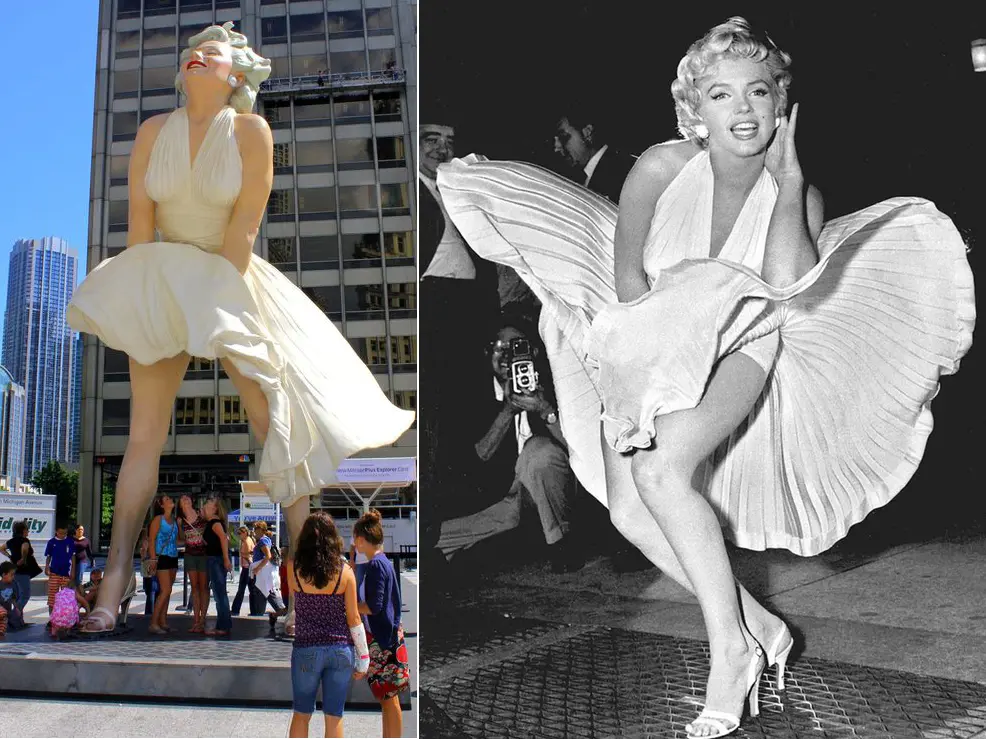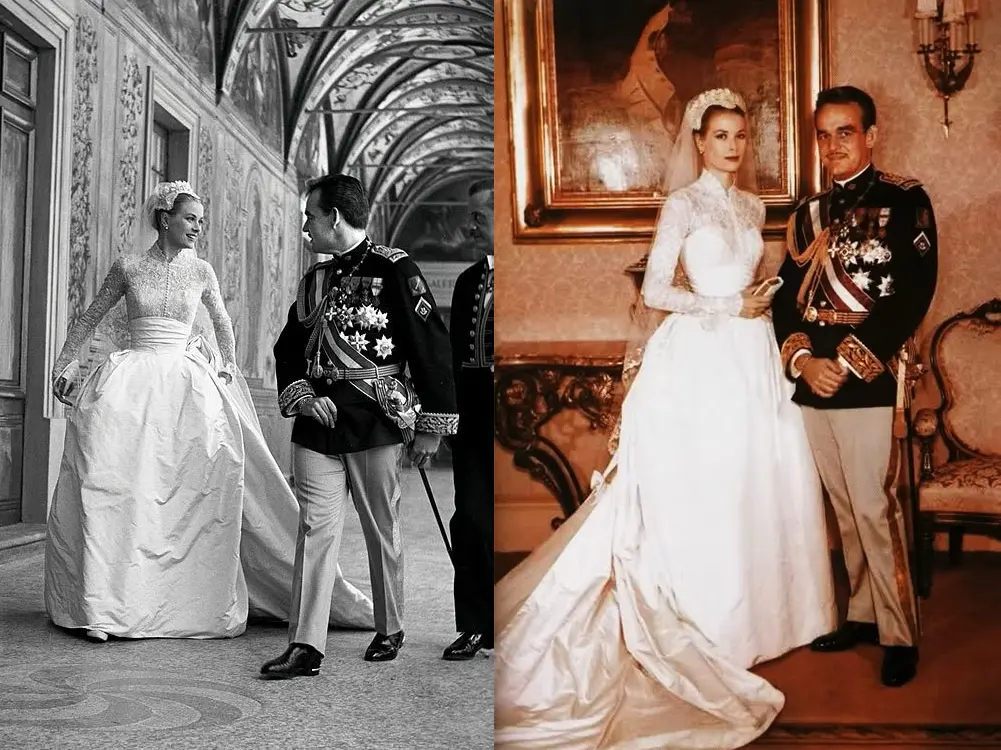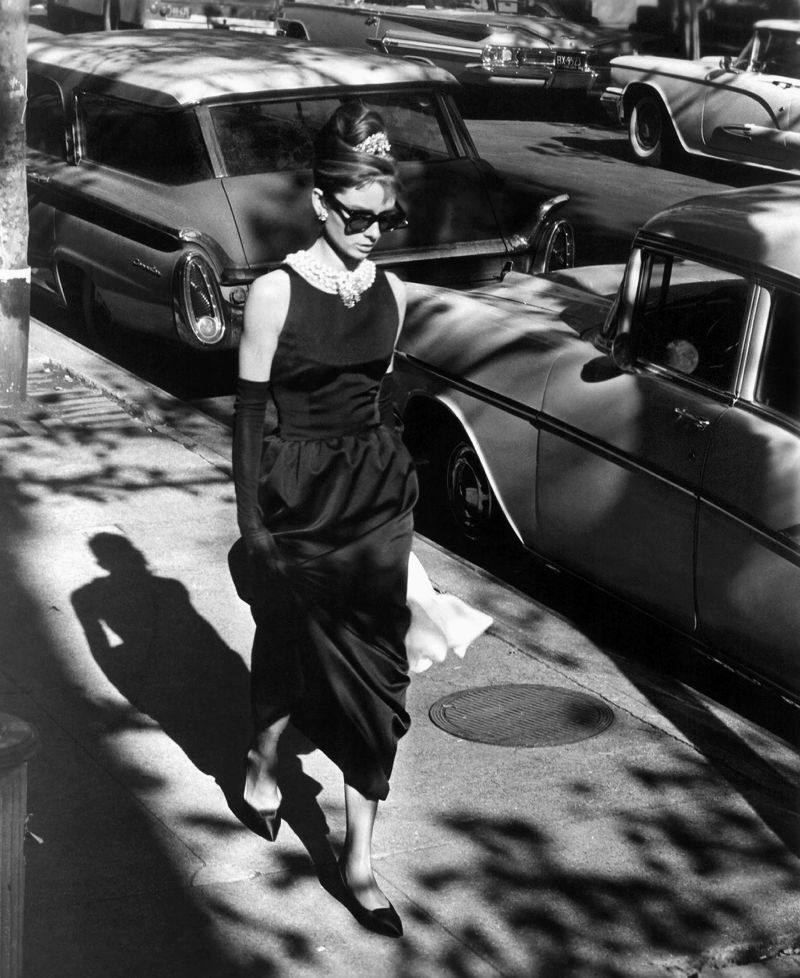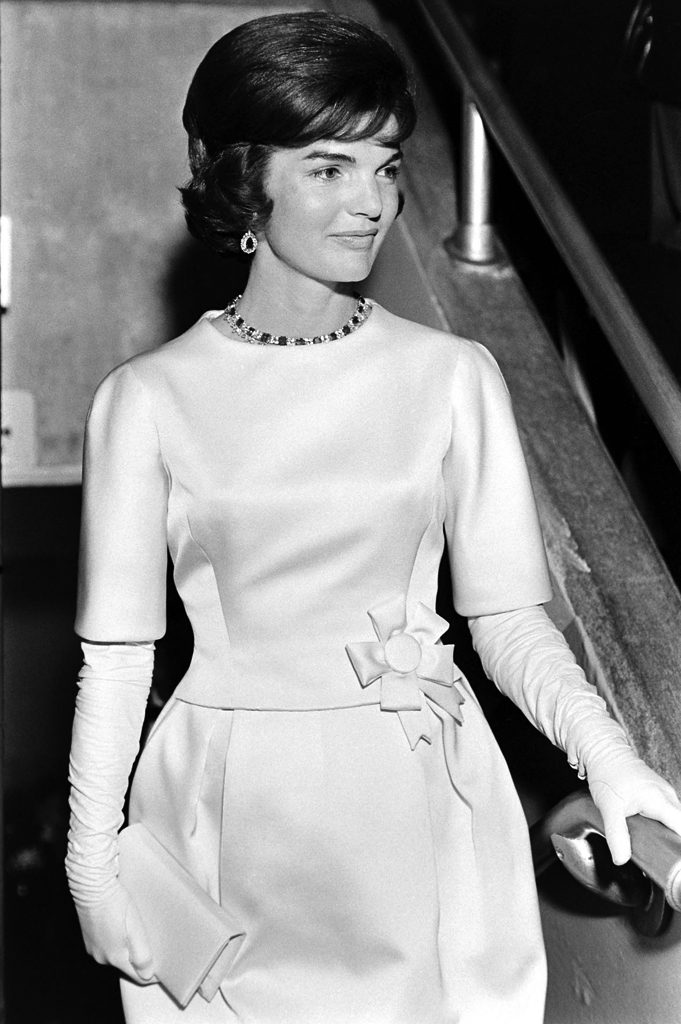Fashion is not only about materials and tailoring techniques. Many garments have gone beyond the scope of a design, becoming symbols associated with historical contexts, prominent figures, and shifts in aesthetic standards. Below are four of the most frequently mentioned dresses in the history of popular culture.
1. Marilyn Monroe
Marilyn Monroe’s white dress was not considered a “special design.” It was a bias-cut cocktail dress made of ivory rayon-acetate crepe, with a plunging halter neckline, a belted waist, and a calf-length flared skirt. William Travilla designed it while on vacation and called it “that silly little dress.” He admitted it was not his most impressive creation, yet it became the work the public remembered most.

The story began in the early morning of September 15, 1954, at the intersection of Lexington Avenue and 52nd Street in New York. Monroe wore two pairs of white underwear to ensure propriety, while bright lights and car horns filled the streets. Standing over a subway grate, Monroe’s skirt was blown upward by gusts of air. Filmed before 5,000 onlookers, the moment became legendary.
This dress became iconic for three reasons: it symbolized the golden age of Hollywood, it produced an unforgettable cinematic image, and it has since been constantly reinterpreted in fashion collections and on red carpets.
2. Grace Kelly
Grace Kelly’s wedding dress, created by Helen Rose (costume designer at MGM), was entirely different from the sensuality and openness of Marilyn Monroe’s white dress. It was made of Brussels rose point lace over 100 years old, ivory silk faille, and multiple layers of tulle, combined in a complex design with a high lace bodice, long sleeves, cinched waist, a voluminous skirt, and a flowing train. The gown was handcrafted over six weeks by about 30 skilled seamstresses.

In 1956, Grace Kelly married Prince Rainier III of Monaco. Her gown, made from Brussels lace, ivory silk, and more than 25 meters of tulle, was entirely hand-sewn.
The dress marked Grace Kelly’s transition from Hollywood actress to royal family member. It also set a new standard for royal bridal wear. Catherine Middleton’s 2011 wedding dress, now iconic in its own right, was considered heavily inspired by this design.
Contemporary designers such as Vera Wang and Elie Saab have continued to draw inspiration from the structure and style of Grace Kelly’s gown.
3. Audrey Hepburn
The little black dress worn by Audrey Hepburn in Breakfast at Tiffany’s (1961) was designed by Hubert de Givenchy. It was a slim-fitting dress, ankle-length, with wide shoulder cutouts, paired with long black gloves, a multi-strand pearl necklace, and oversized sunglasses. This became one of Givenchy’s most famous creations, although it had to be adjusted from the original version, which was considered too daring for the screen.

The image became inseparable from Audrey Hepburn and is often regarded as a symbol of modern minimalist fashion. A lesser-known fact: Givenchy’s original design was modified to meet the film’s censorship requirements, as it was deemed too revealing.
This black dress helped define the concept of the “little black dress” as a wardrobe essential for women worldwide, while also cementing Givenchy’s position in fashion. Later designers, including Karl Lagerfeld and Donatella Versace, continued to reinterpret variations of this garment.
4. Jacqueline Kennedy
At the inaugural ball of President John F. Kennedy on January 20, 1961, Jacqueline Kennedy wore a white chiffon gown designed by Oleg Cassini. The gown featured a streamlined silhouette with a lightly fitted bodice, an accent of draped chiffon, and a matching short cape, paired with white gloves and a small clutch. Unlike the ornate fashions typical of political events, this gown avoided excessive embellishment or embroidery.

Public reaction at the time was mixed. Some thought the outfit too simple for such a significant event. Yet this restraint became a hallmark of Jacqueline Kennedy’s style, standing in contrast to the opulence of the era.
After this event, Cassini became the chief designer for Jackie at the White House. Her style went on to influence generations of First Ladies, including Michelle Obama and Melania Trump.